Course outline
Module 1: Get Started with Microsoft Data Analytics
This module explores the different roles in the data space, outlines the important roles and responsibilities of a Data Analysts, and then explores the landscape of the Power BI portfolio.
Module Objectives:
At the end of this module, the students will be able to:
• Identify the different roles in the data space
• Identify the tasks that are performed by a Data Analyst
• Describe the Power BI landscape of products and services
• Tour the Power BI Service
Module 2: Prepare Data in Power BI
This module explores identifying and retrieving data from various data sources. You will also learn the options for connectivity and data storage, and understand the difference and performance implications
of importing or connecting directly to data.
Module Objectives:
At the end of this module, the students will be able to:
• Identify and retrieve data from different data sources
• Understand the different connection methods and their performance implications
• Optimize query performance
• Resolve data import errors
Module 3: Clean, Transform, and Load Data in Power BI
This module teaches you the process of profiling and understanding the condition of the data. They will learn how to identify anomalies, look at the size and shape of their data, and perform the proper data cleaning and transforming steps to prepare the data for loading into the model.
Module Objectives:
At the end of this module, the students will be able to:
• Apply data shape transformations
• Enhance the data structure
• Profile and examine the data
Module 4: Design a Data Model in Power BI
This module teaches you the fundamental concepts of designing and developing a data model for proper performance and scalability. This module will also help you understand and tackle many of the common data modeling issues, including relationships, security, and performance.
Module Objectives:
At the end of this module, the students will be able to:
• Understand the basics of data modeling
• Define relationships and their cardinality
• Implement Dimensions and hierarchies
• Create histograms and rankings
Module 5: Creating Model Calculations using DAX in Pow er BI
This module introduces you to the world of DAX and its true power for enhancing a model. You will learn about aggregations and the concepts of Measures, calculated columns and tables, and Time Intelligence functions to solve calculation and data analysis problems.
Module Objectives:
At the end of this module, the students will be able to:
• Understand DAX
• Use DAX for simple formulas and expressions.
• Create calculated tables and columns
• Build simple measures
• Work with Time Intelligence and Key Performance Indicators
Module 6: Optimizing Model Performance
In this module you are introduced to the steps, processes, concepts, and data modeling best practices necessary to optimize a data model for enterprise-level performance.
Module Objectives:
At the end of this module, the students will be able to:
• Understand the importance of variables
• Enhance the data model
• Optimize storage
Module 7: Creating Reports
This module introduces you to the fundamental concepts and principles of designing and building a
report, including selecting the correct visuals, designing a page layout, and applying basic but critical
functionality This important topic of designing for accessibility is also covered.
Module Objectives:
At the end of this module, the students will be able to:
• Design a page layout
• Select and add appropriate visualization type
• Add basic report functionality
• Add basic report navigation and interactions
• Improve report performance
Module 8: Creating Dashboards
In this module you will learn about dashboards, and how to tell a compelling story through the use of dashboards. You will be introduced to features and functionality and how to enhance dashboards for usability and insights.
Module Objectives:
At the end of this module, the students will be able to:
• Create a dashboard
• Understand real-time dashboards
• Enhance the dashboard usability
Module 9: Identify Patterns and Trends
This module helps you apply additional features to enhance the report for analytical insights in the data, equipping you with the steps to use the report for actual data analysis. You will also perform advanced analytics using AI visuals on the report for even deeper and meaningful data insights.
Module Objectives:
At the end of this module, the students will be able to:
• Explore statistical summary
• Use the Analyze feature
• Identify outliers in the data
• Use the AI visuals
• Use the Advanced Analytics custom visual
Module 10: Create and Manage Workspaces
This module will introduce you to Workspaces, including how to create them. You will also learn how to share content, including reports and dashboards, and then learn how to distribute an App.
Module Objectives:
At the end of this module, the students will be able to:
• Create and manage a workspace
• Understand workspace collaboration
• Monitor usage and performance
• Distribute an App
Module 11: Manage Files and Datasets in Power BI
In this module you will learn the concepts of managing Power BI assets, including datasets and workspaces. You will also publish datasets to the Power BI service, then refresh and secure them.
Module Objectives:
At the end of this module, the students will be able to:
• Configure dataset refresh
• Create and work with parameters
• Manage datasets
• Troubleshoot gateway connectivity
Module 12: Row-level Security
This module teaches you the steps for implementing and configuring security in Power BI to secure
Power BI assets.
Module Objectives:
At the end of this module, the students will be able to:
• Understand aspects of Power BI security
• Configure static and dynamic row-level


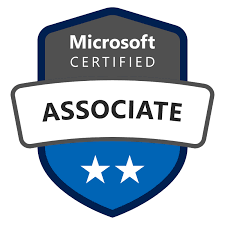
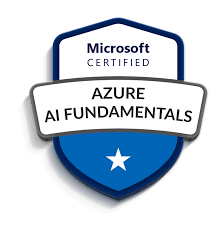
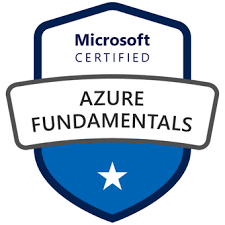
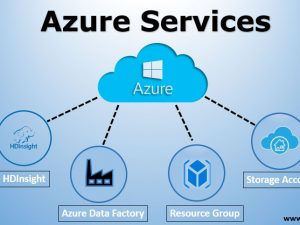
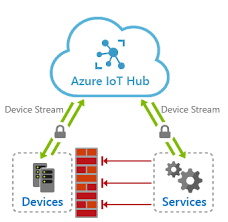
Reviews
There are no reviews yet.